Art-Based Passion Day Sessions Offer Students a Break
February 27, 2020
While it is sometimes difficult to prioritize the arts in an academic setting, Passion Day provides many students with the opportunity to de-stress and take time to explore their creative sides.
“I think that art is very important for our coping skills, the processing of our life, and starting to understand ourselves in the world better because we get to be creative and thoughtful,” art teacher Kearci Moir said. “[Passion Day] gives a lot of freedom for students to choose what they want to learn about and how they want to learn it.”
MODERN DANCE
Led by guest dance teacher Sarah Culotta, the 100-minute session involved a less technical approach to modern dance, with a focus on a release of energy and pure movement rather than skill.
Culotta began the class with warm-ups centered around transferring weight and creating momentum, which later transitioned into more structured choreography. Throughout the session, Culotta incorporated calming meditative exercises between periods of learning choreography to throwback songs like “Telephone” by Lady Gaga ft. Beyonce and “Safe and Sound” by Capital Cities.
“I hope that [students] can carry the idea of that release and that energy…not really sticking those shapes and then transitioning into another shape, but really just letting yourself use your inner body rhythm and momentum and weight,” Culotta said, “understanding that dance isn’t just an external force but more of an inner body experience.”
ORIGAMI 101
Senior Madison Lam guided students step-by-step in her introductory origami class, projecting the process through the document camera and stopping occasionally to assist students in correct folding techniques. By the end of the session, students had produced several pieces, which included a crane, a butterfly and a jumping horse. Lam also provided hot tea and traditional Japanese mochi for students to create a more relaxing and casual atmosphere.
“I actually presented last year, and I thought it was really fun. I think people really liked it, and it made people happy, and I really want to make people happy,” Lam said. “Hopefully, [students] will find a new hobby, or they’ll just have fun with their friends learning something new.”
FLOW PAINTING
Students sat in small groups scattered throughout the scene shop as they mixed and poured different color combinations of paint onto their canvases.
A demonstration by drama teacher Samantha Sanford introduced students to the unconventional art form, and students then spent the rest of the period creating their own paintings. The session allowed students to explore unique ways to add detail to their work and express themselves without the use of traditional tools, like brushes.
“[Flow painting] is just an easy way to relieve stress, a way to engage in visual art without feeling burdened for not having basic technique,” Sanford said. “All you really need to do is know which colors you like and learn a real quick technique of how to mix it and dilute it and go.”



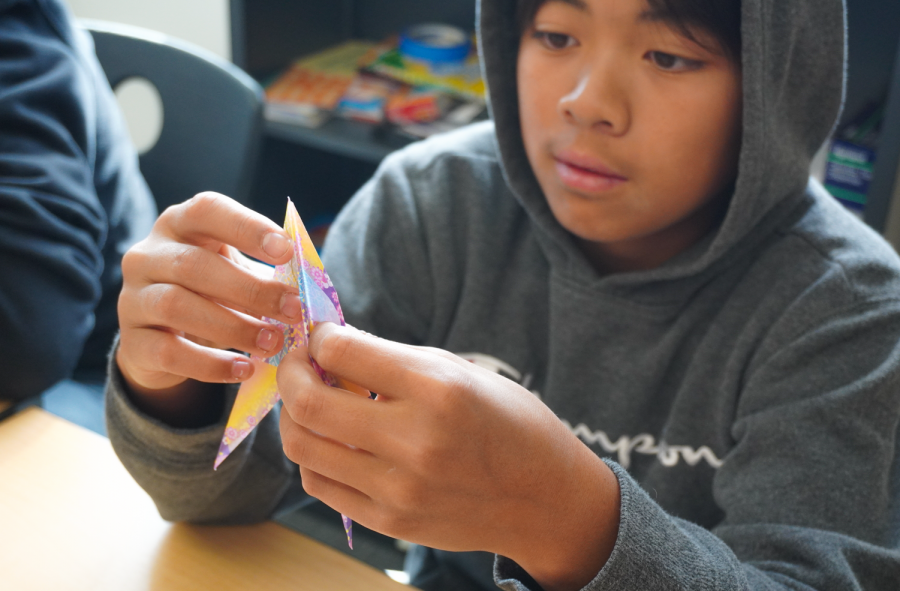
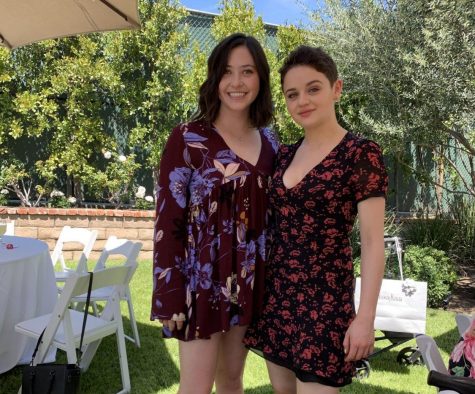



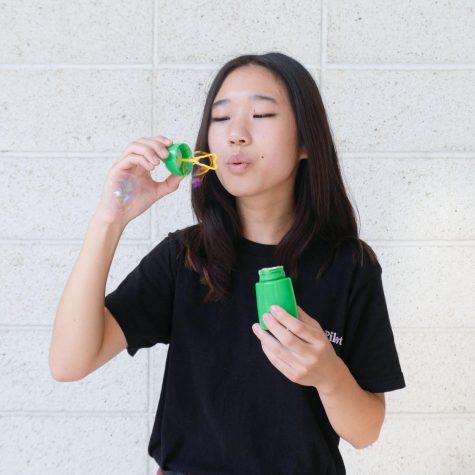
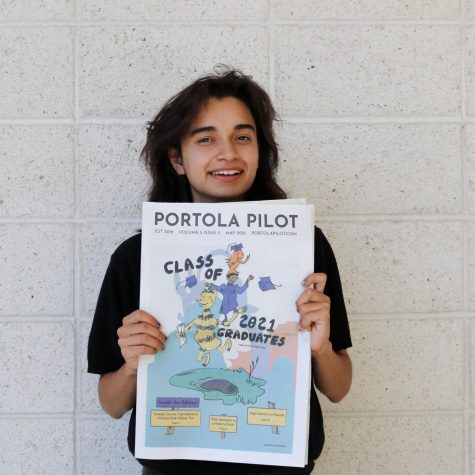
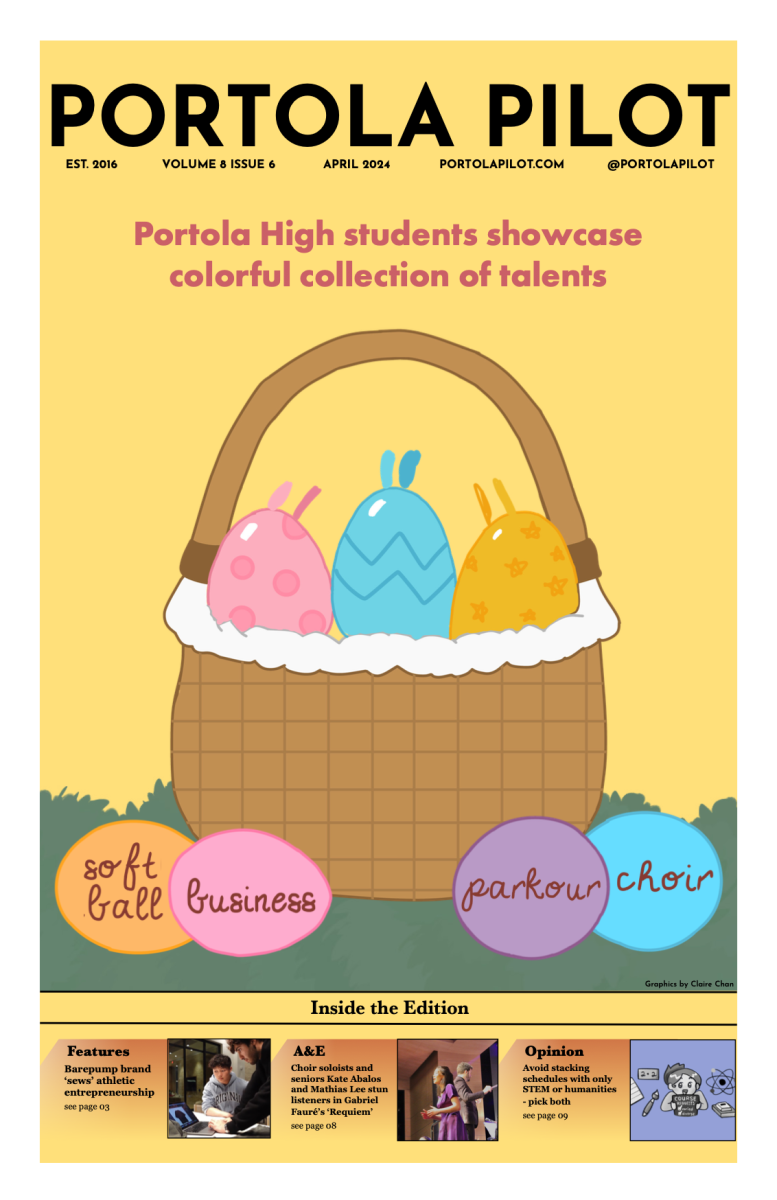

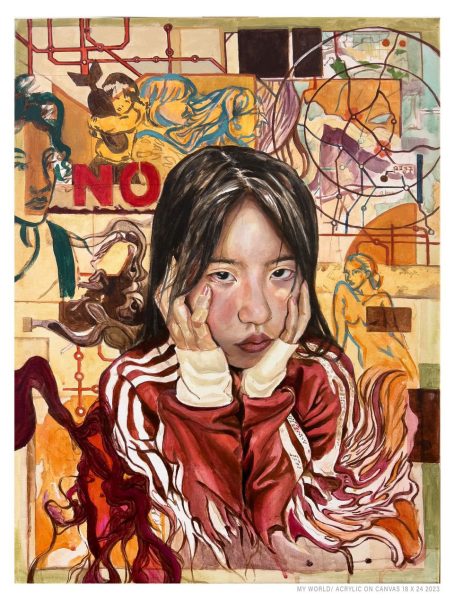

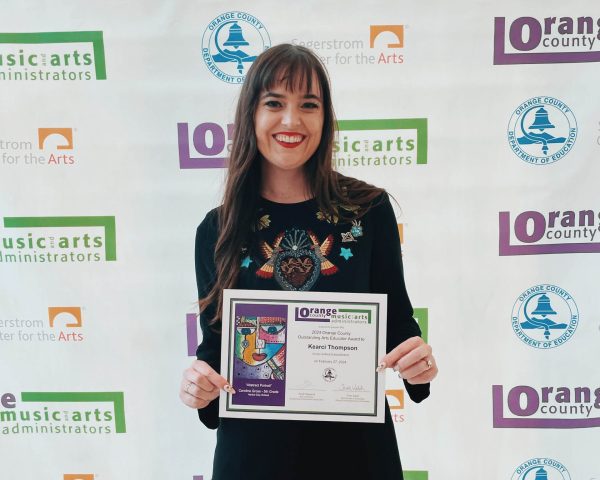
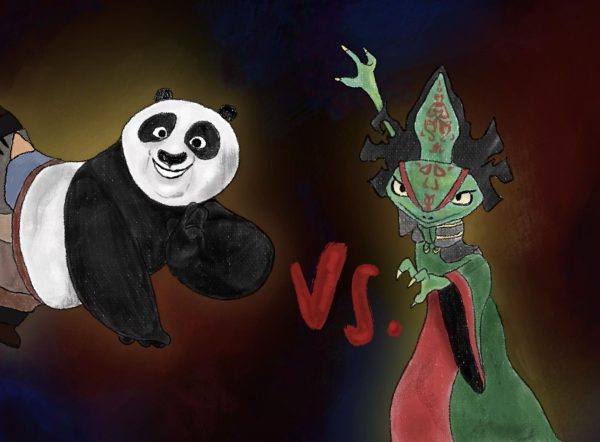


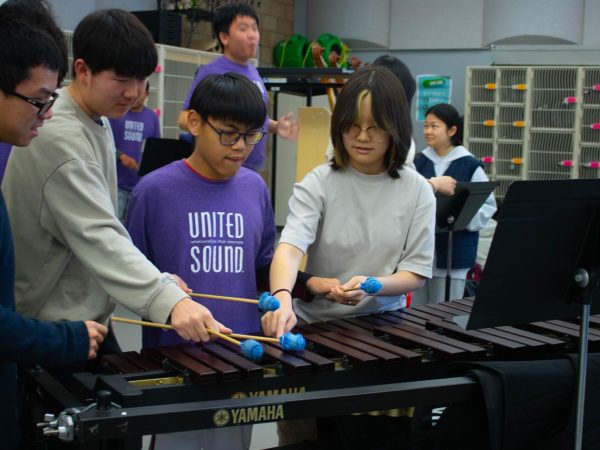
![Art Fair participants from various clubs and art courses had the opportunity to sell handmade creations to students at stands near the ASB room during lunch from Jan. 30 to Feb. 1. “I feel like its just a good way to connect with the rest of my peers, the artist community [and] the student body while also giving back to the school because its given me so many opportunities where I can flourish in the creative arts,” artist and junior Alexander Torpus said.](https://portolapilot.com/wp-content/uploads/2024/02/IMG_6896-1-600x400.jpg)
